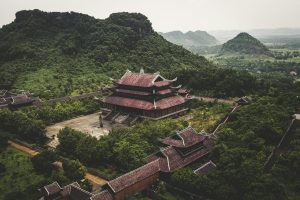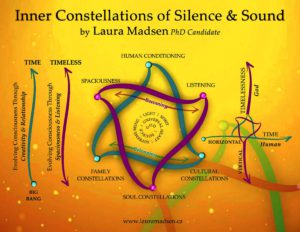Traditionally, the sacred art of inner-science has been an esoteric practice that takes place outside of culture. Vertical capacities may be invisible to an exoteric consumerist culture, but with intention and courage inner-sciences expand our vertical receptivity and give birth to new forms of horizontal relationship. A personal example of vertical receptivity began for me in 2007 with Silence Practice surfacing as a relational manifestation of an otherwise hidden inner-science process: followed by the Inner Constellation Mobile (ICM) download in May 2018.
Whether inner-science or outer-science, the best discoveries are those that surprise us. To break the bubble of our human tendency to “already know” brings us into a more grounded and available relationship with reality or life how it is. As 19th century inner-science mystic Evelyn Underhill stated, “mysticism is the art of union with reality” (http://evelynunderhill.org). What we observe as an outer-scientist or experience as an inner-scientist will likely be interpreted through the habit-consciousness of our conditioning. Without the curiosity that arrives with our willingness to “not know already,” our discoveries will be predictable and repetitive. Where we lack the ability to listen to inner/outer discoveries, there well be no surprises, no opening to new life-connecting impulses.
Understanding the depth of the ICM process is helped immeasurably by spiritual teacher Thomas Hübl’s compassionate reframing of trauma as frozen life; philosopher Ken Wilber’s skillful naming of both states and stages of evolutionary consciousness and their inherent challenges; constellation pioneer Bert Hellinger’s commitment to illuminating deeper truths within our relational field; Martin Buber for his early naming of the “it-world” (of othering) and the “electricity of God” (or rewired synapses of authentic listening); scientists of the “outer” persuasion who are as inspired as any mystic by their discoveries; local mystic Eckhart Tolle for his enduring commitment to our soul-healing through power of presence and inner-stillness; Sufi master Lewellyn Vaughan-Lee and his dedication to our one-heart-awakening; Robert Sheldrake for naming the morphic field and resonance that comes to life in the ICM; Robert Sardello for his brilliant differentiation between the surprise of destiny moments and habits of repeating the past; and to the Tao te Ching for reminding us of our timeless connection to both nature and universe.









